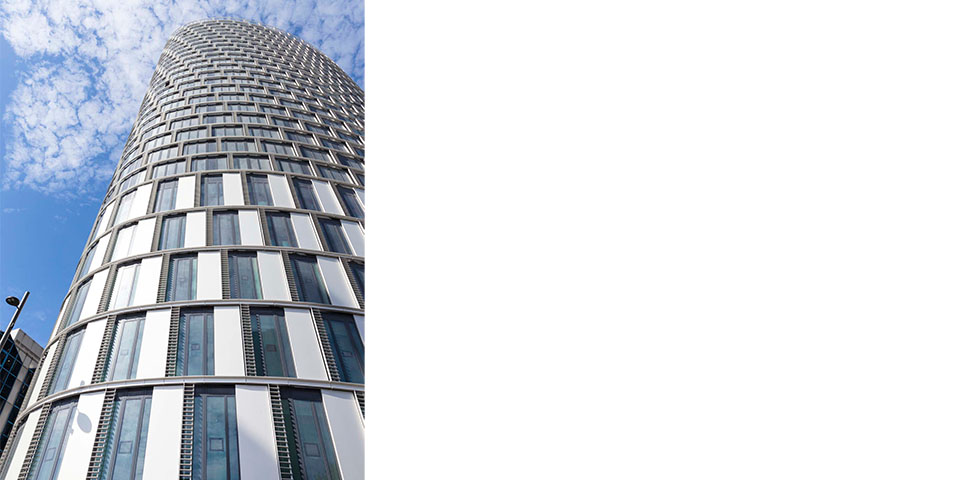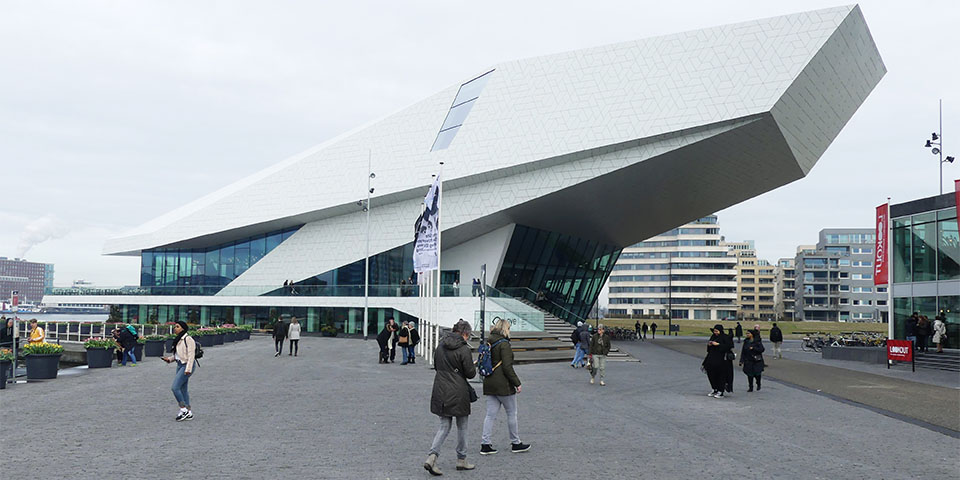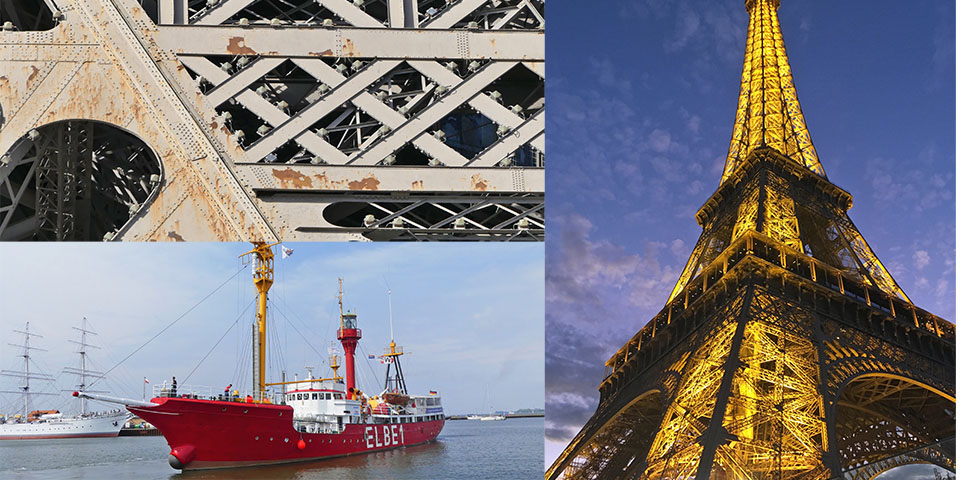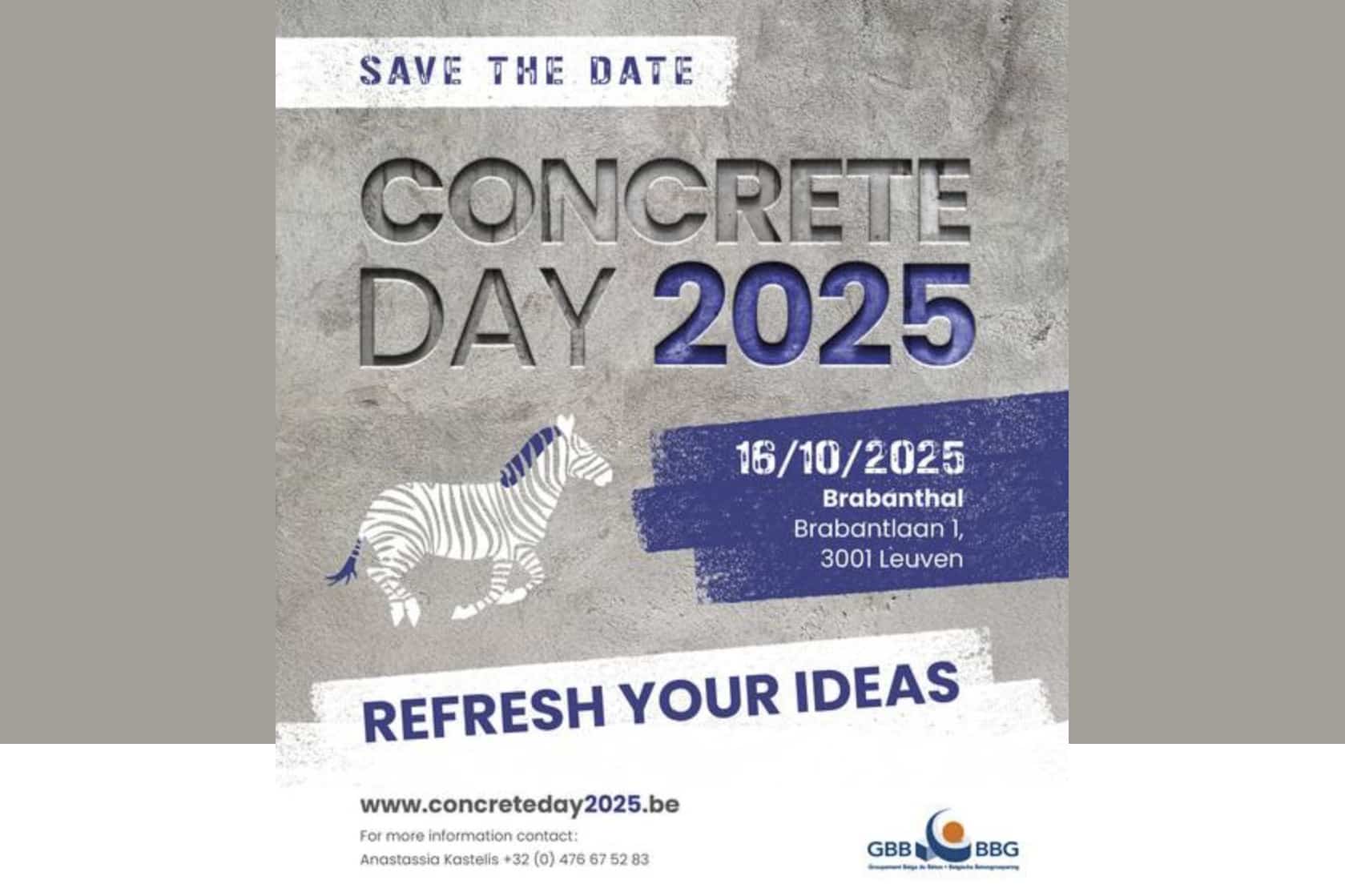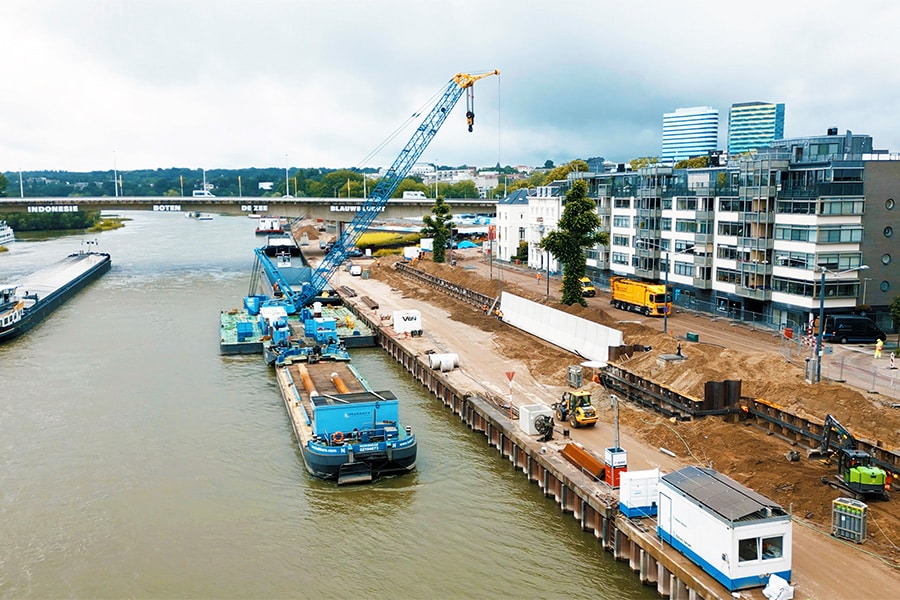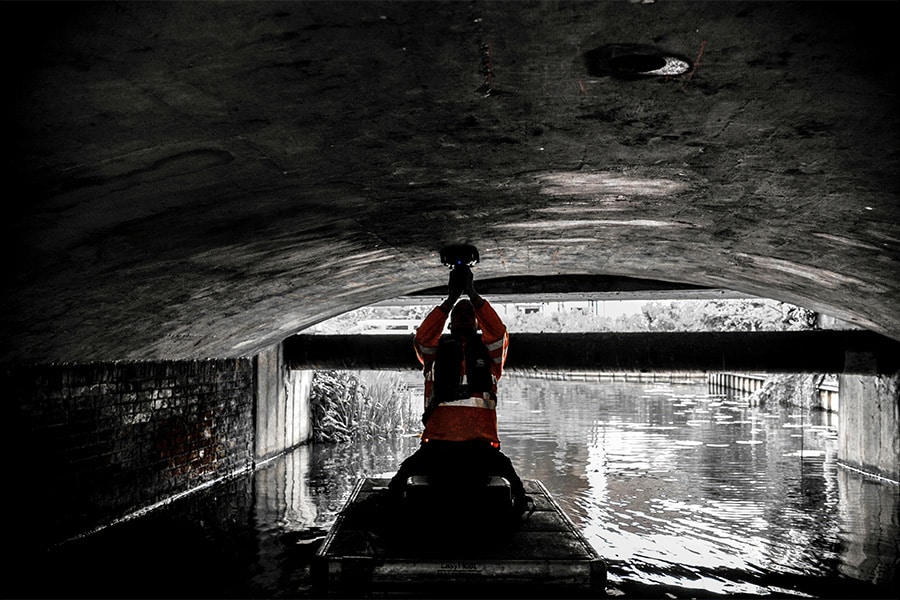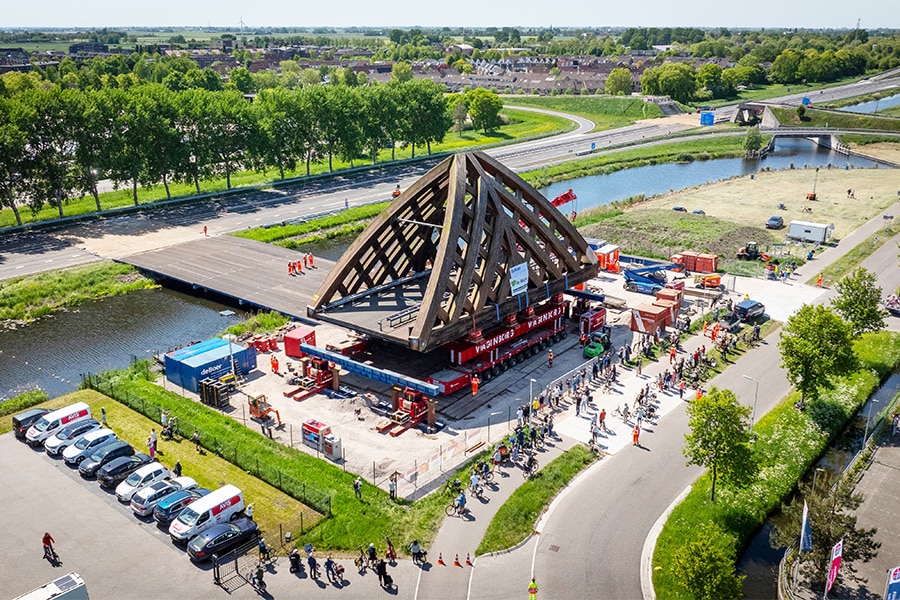
Sustainability, environment, occupational safety and circularity
The consistency in surface engineering
Sustainability, the environment, occupational safety and circularity are concepts that are often considered separately. In the world of surface technology where "hazardous" substances are handled, this is not an option, according to Egbert Stremmelaar, director of the Vereniging Industrieel Oppervlaktebehandelend Nederland (Vereniging ION). "But it does happen, in The Hague, in Brussels, ..., not to mention the number of NGOs all with only one focus. The problem is that society is not that simple."
Although widely used, the term "hazardous" substances is incorrect in ION's view. "There are substances where you do get (serious) health damage if not used competently. So the danger is mainly in how people handle them. So the term ZZS (Substances of Very High Concern) fits better," Stremmelaar argues. "The vast majority of ZZS substances are production substances and do not occur (freely) in the final product."
Swimming
Stremmelaar begins his vision with an example. "Water, we have it in abundance in the Netherlands. If you stay underwater too long or drink it too much, there is a chance of suffocation or poisoning. That is why we have all taken all kinds of measures together, to handle water properly. We teach children to swim from an early age, there is supervision in dangerous places, and if things do go wrong, there is always the rescue team. The same system is set up for working with hazardous materials. With this, only people trained to handle these substances work in a plant according to well established procedures and controlled processes. And here again: should things unexpectedly go wrong, there is a good evacuation plan and the fire department and safety region as backup."
Chromium-6
"The Eastern Scheldt and Maasland barriers protect us from the encroaching water," Stremmelaar continued. "If you didn't treat the piston rods with chromium-6, they would be rusted solid within six months. In other words, if you eliminate chromium-6, you introduce other hazards. Whereas if you deploy it at an appropriate facility and process it according to procedure, it need not pose a health hazard and you create a sustainable, safe and potentially circular end result. For the record, chromium trioxide (chromium-6) is the manufacturing substance at the plant. The final product contains metallic chromium, similar to the bathroom faucet. The message has to be told from all angles, and that is the biggest problem. They are separate items, even in The Hague. The Ministry of Infrastructure and Water Management approaches things from an environmental perspective and the Ministry of Social Affairs and Employment focuses on safety and occupational hygiene, while the Ministry of Economic Affairs acts from the economic perspective. They are all islands; each does its thing. You see that happening now with the corona crisis: only health is being talked about."
Emotions
According to Stremmelaar, there are far too many emotions involved, especially in the world of surface treatment. "We run up against that. Whereas if you were to approach a substance like chromium-6 objectively, very different conclusions could be drawn. Of course, chromium-6 is harmful to health, but we can manage those risks by using it at appropriate installations, according to established procedures and in a controlled environment. Then it has no adverse health effects on the people who work with it. Moreover, consider that 10,000 people in the Netherlands work with chromium-6 and that this substance is used in 200 processes. Are we going to fire those people? An aviation company has an electroplating plant at Schiphol-East to repair aircraft with damage within two hours. Were we to shut down that company for the sake of eliminating chromium-6, the planes would have to be sent to a location outside the EU for a similar exercise. That means an aircraft would be taken out of rotation for three days and flown up and down empty. What effect does that alone have on CO2 emissions?"
Renewable
The theme of circularity also touches on several facets, Stremmelaar clarifies. "As a result of the far-reaching recycling of aluminum, for example, the basic material becomes increasingly polluted. After all, coffee cups are collected together with aluminum frame profiles. In order to still end up with the most sustainable renewable window frame profile possible, an "aggressive" pre-treatment before coating is a must. Or you have to collect and recycle everything in a high-quality manner. That means multiple separation and/or collection systems for aluminum alone, let alone the other metals. In short, not desirable and probably not feasible. While the solution and system are just at hand, as in all the previous examples. A solution that minimizes economic harm, minimizes human and environmental impact, and all with maximum longevity."
